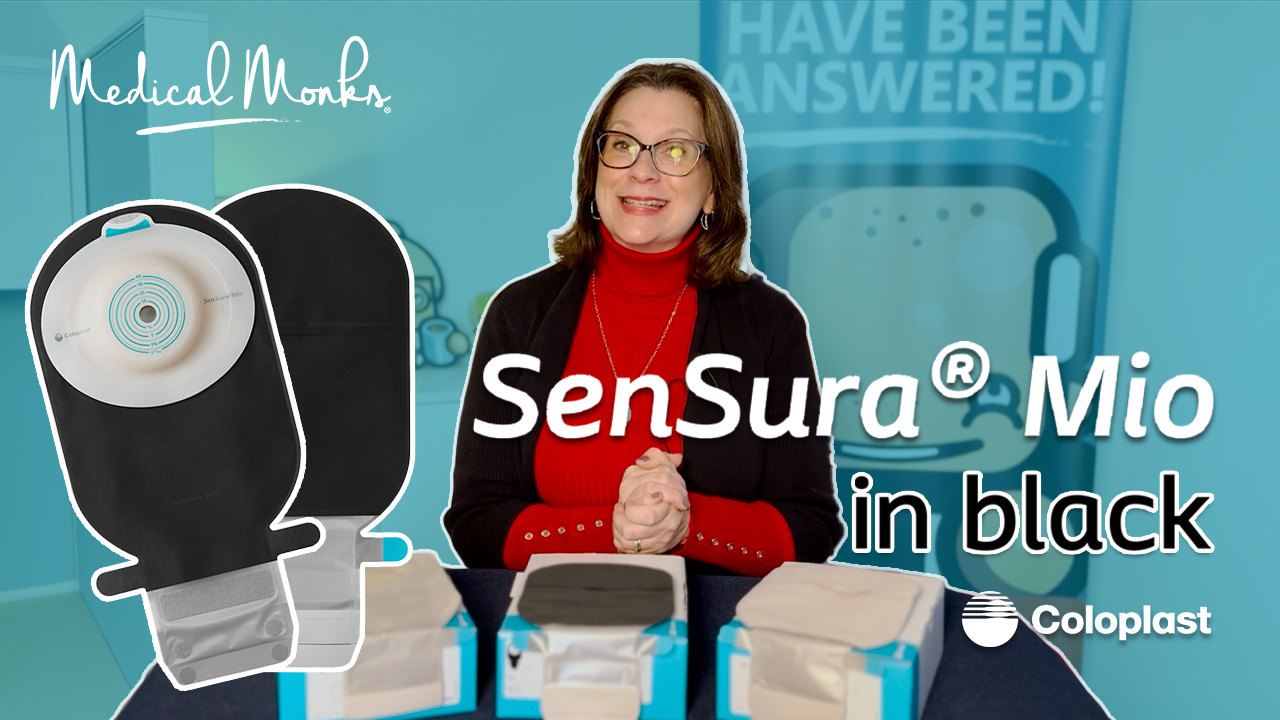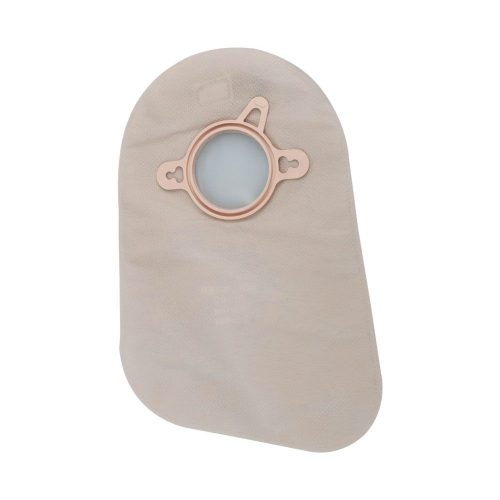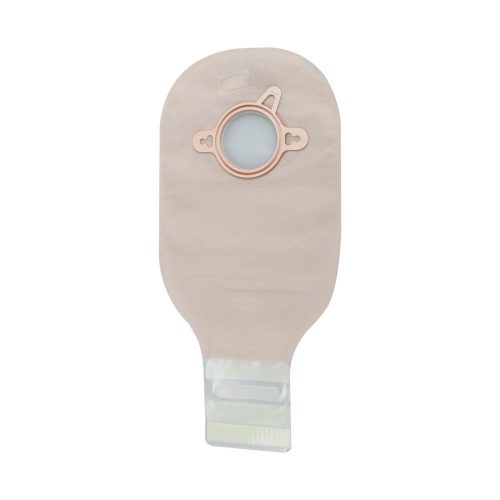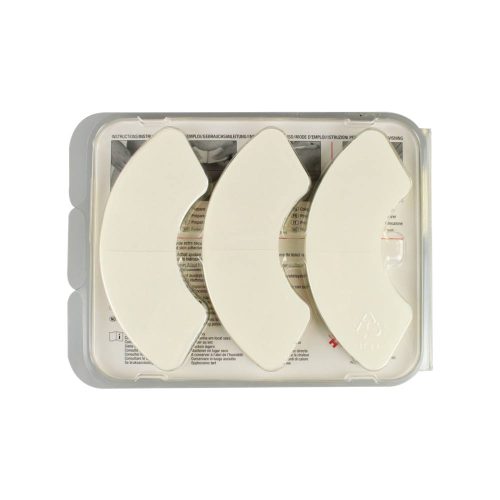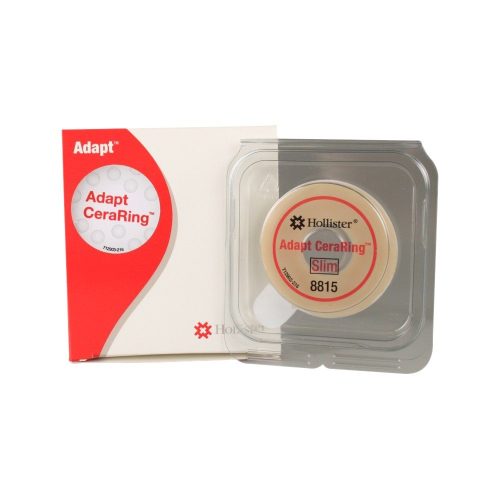Patients living with a colostomy may be steered toward ostomy irrigation, a procedure for managing and regulating the bowels. In ostomy irrigation, water passes through a stoma to cleanse the colon, remove waste and help the body develop a pattern for controlling the release of stool. This process, done daily or every other day, can reduce the need to wear an ostomy system. This guide will explain what ostomy irrigation is, who it’s for and what it entails.
What Is Ostomy Irrigation?
Ostomy irrigation is a stool management solution for patients living with a colostomy, such as those with inflammatory bowel disease or recovering from colon cancer. This process helps the body establish a rhythm for releasing the bowels to eliminate waste and helps patients reduce their dependence on ostomy bags and appliances.
On a general level, ostomy irrigation is similar to an enema. Water passes through the stoma to the colon, where it then helps flush out waste. Regular irrigation helps with controlling and managing output as the body learns to release its accumulated waste during these sessions. Patients can eventually go without an ostomy system or use a smaller bag or stoma cap.
For patients living with a colostomy, ostomy irrigation:
- Creates a stronger sense of control when it comes to your stoma.
- Helps the body learn to regulate the bowels.
- Allows for a more discreet experience.
- Eliminates issues associated with ostomy pouches, including detachment, leaks and pancaking.
Who Is Ostomy Irrigation Ideal For?
Individuals may be suited to ostomy irrigation if they:
- Have an end colostomy located in the lower part of their colon.
- Can produce semi-solid to solid stools.
- Receive instruction from a medical professional in the equipment and irrigation process.
- Have sufficient eyesight and manual dexterity.
- Are able to commit to a set time and location for irrigation.
Individuals who meet these criteria are advised to speak with their doctor or nurse after fully healing from surgery and once they’ve grown accustomed to managing life with a stoma. This will likely be at least two months from your last related procedure or treatment, including chemotherapy.
Irrigation is not ideal for those who have a large hernia, live with Crohn’s or another active bowel disease, are undergoing chemotherapy, or who are managing heart or kidney disease.
Getting Started with Ostomy Irrigation
At this stage, your medical team may instruct you in this process or refer you to a clinic. Practicing irrigation may be uncomfortable at first, as patients may experience some nausea or stomach cramping initially. You will also need to make sure you have all the necessary supplies at home. This typically includes a belt, clips, an ostomy irrigation sleeve, a container and tubes, at least a quart of warm water and a water-based lubricant.
Even with practice, you should:
- Make sure you schedule irrigation at the same time each day, ideally at a point when you typically would have emptied your bowels. Expect this process to take up to 60 minutes to complete.
- Consider scheduling irrigation following a meal.
- Expect the process to take time. You may find your bowels become regular and more controlled after eight weeks of routine irrigation.
- Expect some nausea or cramping at first. If you still experience cramping later, this can indicate you’re using too much water, or that the water is at a temperature that’s too cold for your body.
- Prepare for diarrhea, even if your bowels seem controlled. Continue using a stoma cap and have supplies on hand in the event you notice a change in output.
Ostomy irrigation generally entails:
- Filling the included ostomy irrigation container or bag with up to 1,500 milliliters of warm water. This will be based on your provider’s recommendations. Keep the bag at shoulder level as you sit over a toilet. Make sure the tubing is also situated over the toilet, and remove any air bubbles that may be present.
- Apply the ostomy irrigation sleeve around your stoma after you’ve washed the area with warm water. You may need to press down for a self-adhering sleeve or secure an ostomy belt around your waist to hold it in place. The open end of the irrigation sleeve should fall into the toilet bowl.
- Attach the stoma cone to the tubing. You may also need to apply lubricant to the tip of the cone. The tip of the cone should then be placed into the stoma with a secure fit.
- Release the clamp around the tubing. This allows water to flow into the stoma. You’ll likely need to keep these components in place for up to 15 minutes. Output will then flow into the sleeve. After, close the clamp and remove the cone.
- Close the sleeve after all output has been released. This process can take up to 45 minutes. After, empty all contents into the toilet, and clamp the sleeve closed. You’ll then clean your stoma with soap and water before applying the stoma cap.
- Clean the stoma cone and sleeve with a mix of warm water and vinegar before hanging the sleeve to dry.
Essential Ostomy Irrigation Products
As you find yourself more confident with ostomy irrigation, perform the process at home with the following:
Hollister Cone Irrigator Kit
This kit includes an ostomy irrigation bag, stoma cone with tubing, a clamp and a cleaning brush. A separate ostomy irrigation sleeve is needed to perform the procedure.
New Image Irrigation Sleeve
This reusable irrigation sleeve opens at the top and helps divert output directly into the toilet. Attached tabs help it secure to a belt. This sleeve is designed for two-piece pouching systems.
Coloplast Economy Version Irrigation Set
This ostomy irrigation kit includes a bag with an integrated thermometer and stoma cone. It can be used with both one- and two-piece pouching systems.
Hollister One-Piece Stoma Cap
Go about your day with security and confidence with this non-adherent stoma cap equipped with a deodorizing and venting filter.
Sources:
https://www.bladderandbowel.org/bowel/stoma/irrigation-and-your-stoma/
https://my.clevelandclinic.org/health/treatments/10747-colostomy-irrigation
https://www.saintlukeskc.org/health-library/colostomy-irrigating-your-colostomy


